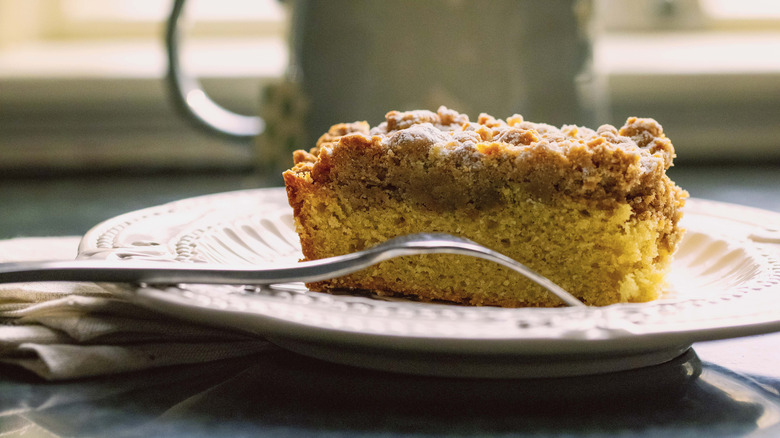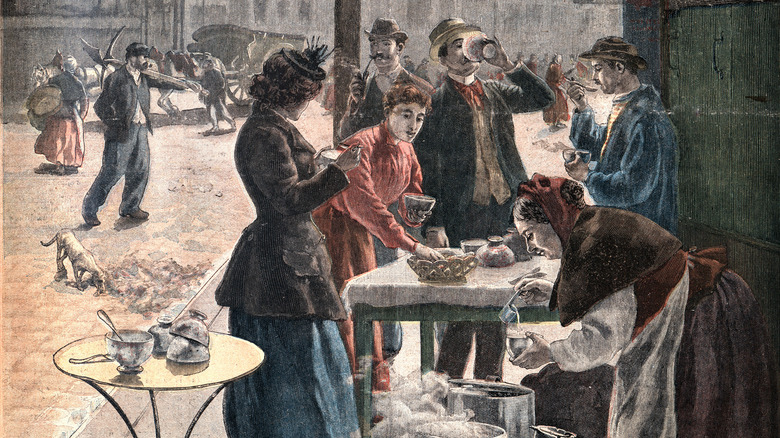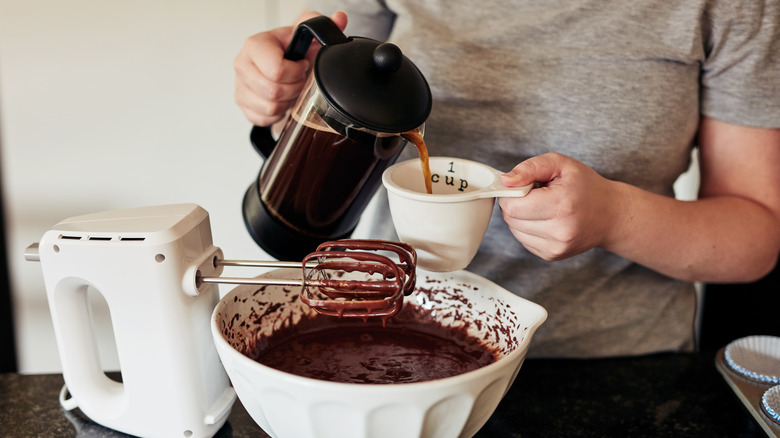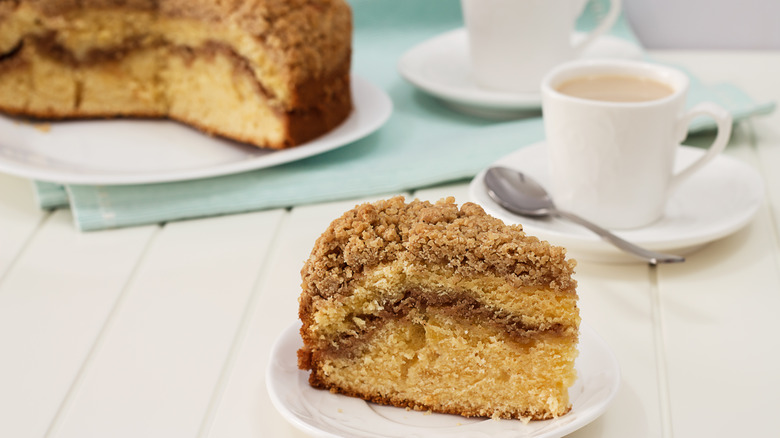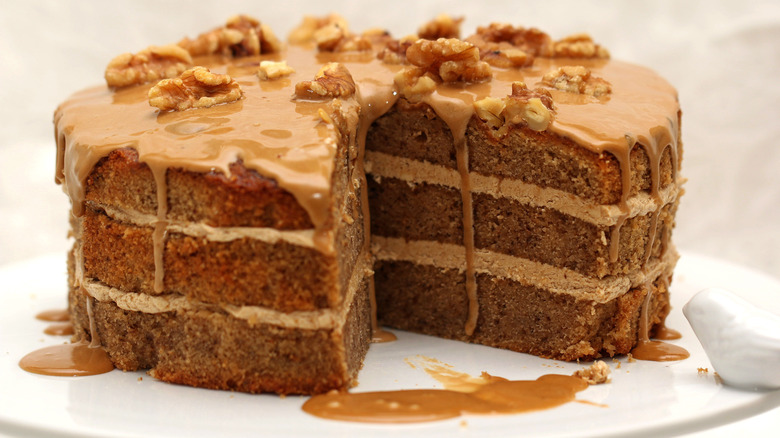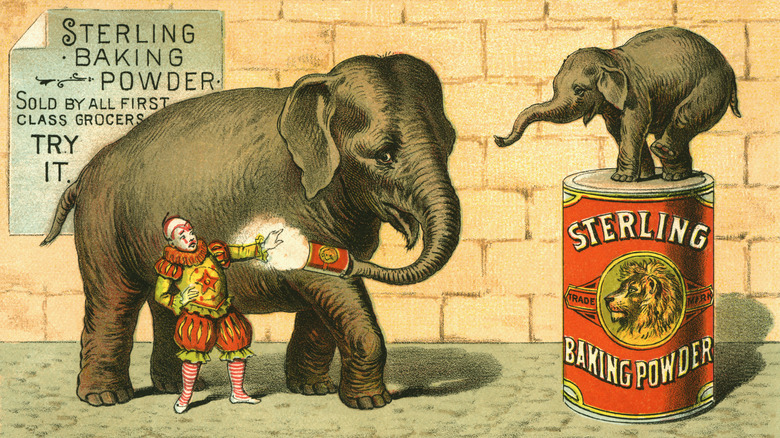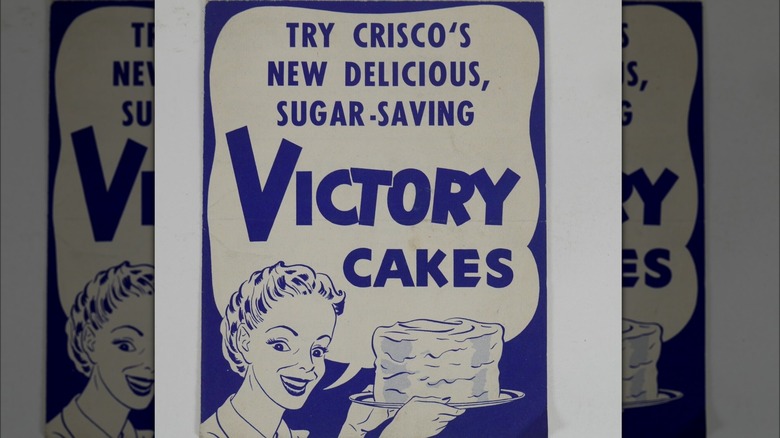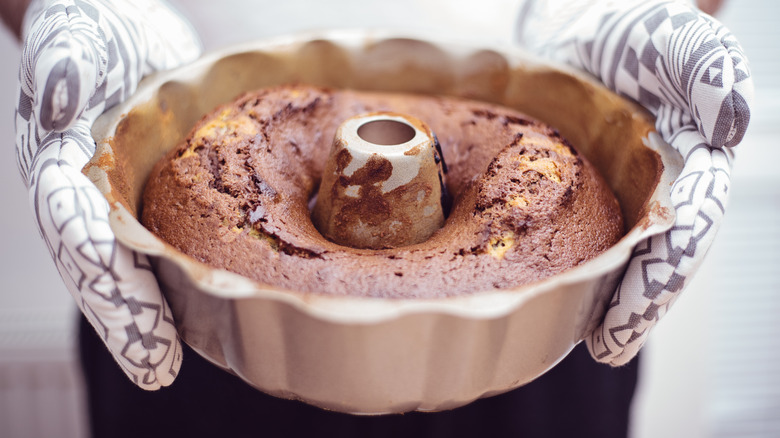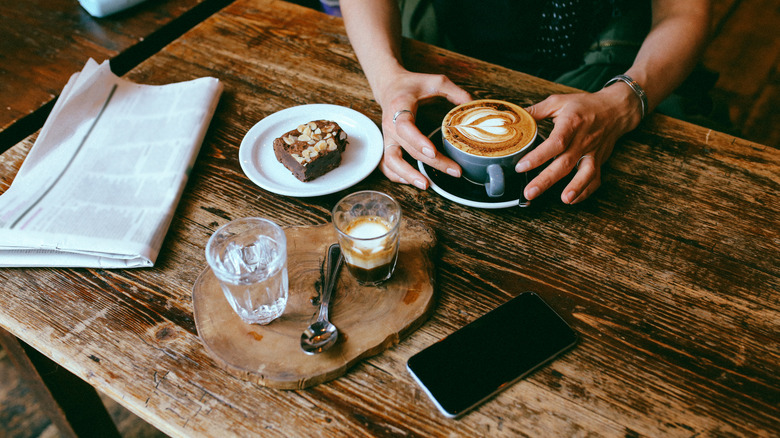8 Things You Might Not Know About Coffee Cake
Coffee cake is often associated with a particular cinnamon streusel archetype. However, the dessert is part of a diverse legacy that's intertwined with the history of coffee itself.
During the 16th century, Ottoman coffee houses set a precedent for serving coffee as a social ritual, taking the form of gathering places where people would convene to exchange ideas and information, or simply enjoy a break in the day. This cultural tradition eventually influenced Europeans.
Europeans soon continued drinking coffee and opened up their own coffee houses. Some of the first appeared in mid-17th century Venice and Vienna. These establishments spread quickly across the continent, and though they borrowed from the Ottoman tradition, they were also distinct for their own innovation: serving cakes to go with coffee. From this, coffee cake recipes began to evolve.
The modern version of the coffee cake takes inspiration from many traditional sweets that got their start in coffee houses. The pleasure of having coffee and cake — made at home or ordered at a cafe, eaten for breakfast, or as an afternoon snack — is often just as much about enjoying the delicious pairing in good company.
1. It was a ritual before it was a recipe
Coffee became popular in Europe during the 17th century. It was paired with sweet treats — cakes, pastries, and other sweets — to balance out coffee's bitter flavor. A few European cultures even developed baked goods that were intended to be consumed specifically with coffee.
Germans were partial to yeast-leavened pastries. The Danish served recipes similar to Viennese baked goods. Some of these recipes were referred to as coffee cakes. Coffee cake once simply denoted baking that was intended to be paired with coffee. They didn't come with a specific recipe. The sharing of sweets over a pot of coffee became a pastime embedded into many European cultures. In Germany, Kaffeeklatsch was the German term for a break in the day to enjoy socializing over a pot of coffee.
Various Northern European recipes for coffee cakes migrated with German and Scandinavian immigrants when they came to the Americas. Today, the coffee break is a modern example of these kinds of social gatherings that bring people together over a treat and a beverage.
2. Some coffee cakes were made with coffee
European coffee cakes got their start as treats designed to complement coffee. But some early American versions of the dessert made cakes with coffee baked right into them.
Some 19th-century Americans incorporated generous amounts of hot, brewed coffee into the cake batter. Around the time that this practice was popular, coffee cake wasn't the only dessert that was made with the actual beverage. Some Americans also made coffee Jell-O using a similar method. Sometimes, these types of coffee cakes were employed as a way to use up leftover coffee. Other times, it may have been a way to enjoy coffee-flavored items.
Additionally, this practice may have been inspired by the Victorian tradition of flavoring desserts with spirits. However, unlike sweets that are baked with alcohol — thus removing their ability to intoxicate you — coffee-infused desserts do not lose their caffeine content during the baking process. With enough coffee mixed into the batter for one of these cakes, it may have removed the need to enjoy one or more cups of coffee along with your dessert.
3. American coffee cakes borrow from many traditions
What we often think of as the archetypical coffee cake takes much of its inspiration from German cuisine. In German, kaffee und kuchen is a phrase that translates to coffee and cake, which signifies a traditional afternoon break observed in the country. Kaffeekuchen is the German word for coffee cake. Early German coffee houses served many forms of kaffeekuchen, as well as streuselkuchen — the German term for a cake topped with streusel. Streusel is a crumbly mixture of flour, sugar, and butter that is added on top of pastries.
When introduced to America through German immigration, kaffeekuchen and streuselkuchen became popular. By the early 20th century, recipes for streusel-topped cake were featured in American cookbooks. Some of these recipes called the dessert "German coffee cake." However, other cultures also had recipes similar to German coffee cake.
Using cinnamon to flavor desserts — especially those made to be enjoyed with coffee — was a practice popular in Scandinavia. In countries like Sweden, cinnamon-filled cardamom buns were especially popular. In Denmark, brunsviger – a type of cake with a brown sugar caramel topping — was also frequently enjoyed. All of these cakes share similarities with the typical American coffee cake that you will come across today.
4. British coffee cake has its own distinctive recipe
The German-influenced American version of coffee cake — that persists today — is most commonly recognizable for being topped with streusel and flavored with cinnamon swirls. It typically doesn't contain coffee. The British version, on the other hand, the term coffee cake more literally.
English coffee cake usually consists of layered sponge cake topped with icing, making it sweeter than the American version. Sometimes, walnuts will appear atop this icing, for an additional garnish. There is, in fact, coffee used in British coffee cake. Both the sponge and the buttercream frosting are flavored with coffee.
Though the exact origins of British coffee cake are unclear, it was advertised as early as 1934 in a McDougall's advertisement for self-raising flour. The advertisement provided a recipe for Coffee Walnut Cake, topped with butter icing, and flavored with coffee essence.
Also referred to simply as a "coffee and walnut cake," many contemporary recipes opt for pure espresso to flavor both the batter and icing. While tea still remains the caffeinated drink of choice in the United Kingdom, this coffee-flavored treat has ironically found its way into the dessert selection for many afternoon teas. Though this is less of a coffee cake in the traditional sense, the British cake's continued popularity proves the taste we've developed for coffee mixed with sweet things.
5. Leavening and pasteurization advancements had an impact
Early desserts paired with coffee were made from dough leavened with yeast – an effective, though time-consuming method, for getting baked goods to rise. Yeast itself was produced from scratch, which entailed gathering the fungus from fermented grains or produce. The introduction of baking powder revolutionized the baking process. After it became commercially available in the mid-1800s, it offered an instant chemical reaction that cut down on prep time, completely eliminating the need for yeast, and the hours required to wait for the yeasted dough to rise.
But using baking powder in coffee cake recipes meant an acidic compound was required to activate it, prompting many bakers to turn to home-fermented milk or cream, as these ingredients were usually available. Once pasteurization was introduced, the recipe for coffee cake changed again.
Becoming widespread after WWI, this preservation method of using heat to sterilize any bacteria found in food products enabled dairy ingredients to be safely and commercially mass-produced. This brought about the widespread availability of sour cream, a dairy product formerly susceptible to bacteria, and proved to be another ready-made ingredient essential to modern baking.
The American take on coffee cake proved to be an optimal recipe for incorporating sour cream, as this not only ensured the batter would rise but also added a subtle tang. It also created a richer, more moist cake base. To this day, American coffee cake recipes still commonly call for sour cream.
6. WWII victory cakes were a new kind of coffee cake
The restrictions that resulted from WWII war rationing brought another kind of coffee cake to the American baking scene. However, this version only included coffee as part of the make-do mindset of the times. Working around the limited availability of sugar, butter, and flour, victory cakes were composed of creative substitutes, as a source of homefront defiance and solidarity. They showed that Americans could still find comfort in the little things, while managing a more limited pantry in order to reserve baking staples for the soldiers overseas.
Instead of sweetening cakes with sugar, many victory cakes of the period were sweetened with boiled raisins or corn syrup and frequently flavored with cocoa because this was one baking staple that wasn't in such short supply. Coffee also became a fixture in many chocolate victory cake recipes because it enhanced the cocoa flavor. Coffee was initially among the pantry staples that were rationed at the outset of the U.S. involvement in the war, but the development of domestically produced coffee made it widely available again.
7. The bundt pan changed the treat for the better
A product of the 1950s, the bundt pan was a baking tool that revolutionized coffee cakes. It was initially designed at the request of a Jewish women's group in Minneapolis. The pan was crafted to fulfill a modern take on the traditional kugelhopf cake, a yeast-based cake with German and Jewish ties that dates back to at least the 1600s. It was made with a raisin and currant-filled brioche.
It was only a matter of time before someone put the cinnamon and streusel coffee cake batter in a bundt pan. The outcome was surprisingly better than ever before. The bundt pan proved to be ideal for baking denser cakes, since the ring shape increased overall moisture content, while also ensuring the batter was baked more evenly; thanks to the hole in the middle, there was less risk of an undercooked center. American streusel coffee cakes continue to be popularly baked in bundt pans. Some have largely come to be associated with the bundt's ring shape.
8. Coffee cakes continue to thrive in cafe culture
Today's cafe culture hasn't changed much. Like Europe's coffee culture centuries ago, coffee is still served with sweet treats at cafes today. Common European breakfasts still consist of simply a cup of coffee and a pastry. This pairing exists within the American cafe scene, as well. Whether it's coffee and croissants, coffee and doughnuts, or coffee and coffee cake, some coffee and a pastry have always made for a harmonious duo.
As it turns out, it may be only natural that the pairing of cake and coffee continues to define daily life, as studies have shown that caffeine induces sugar cravings, according to The Chicago Tribune. Additionally, coffee dulls the ability to taste sweet flavors, causing us to crave sweets even more.
The Starbucks cinnamon coffee cake is among the most sugary pastries on the chain's menu, a mainstream testament to this caffeine and sugar paradox. While many may enjoy the coffee cake as a sweet simply on its own, there is certainly a heightened experience for the tastebuds when each bite offers a new surge of sweetness between sips of fresh coffee.
